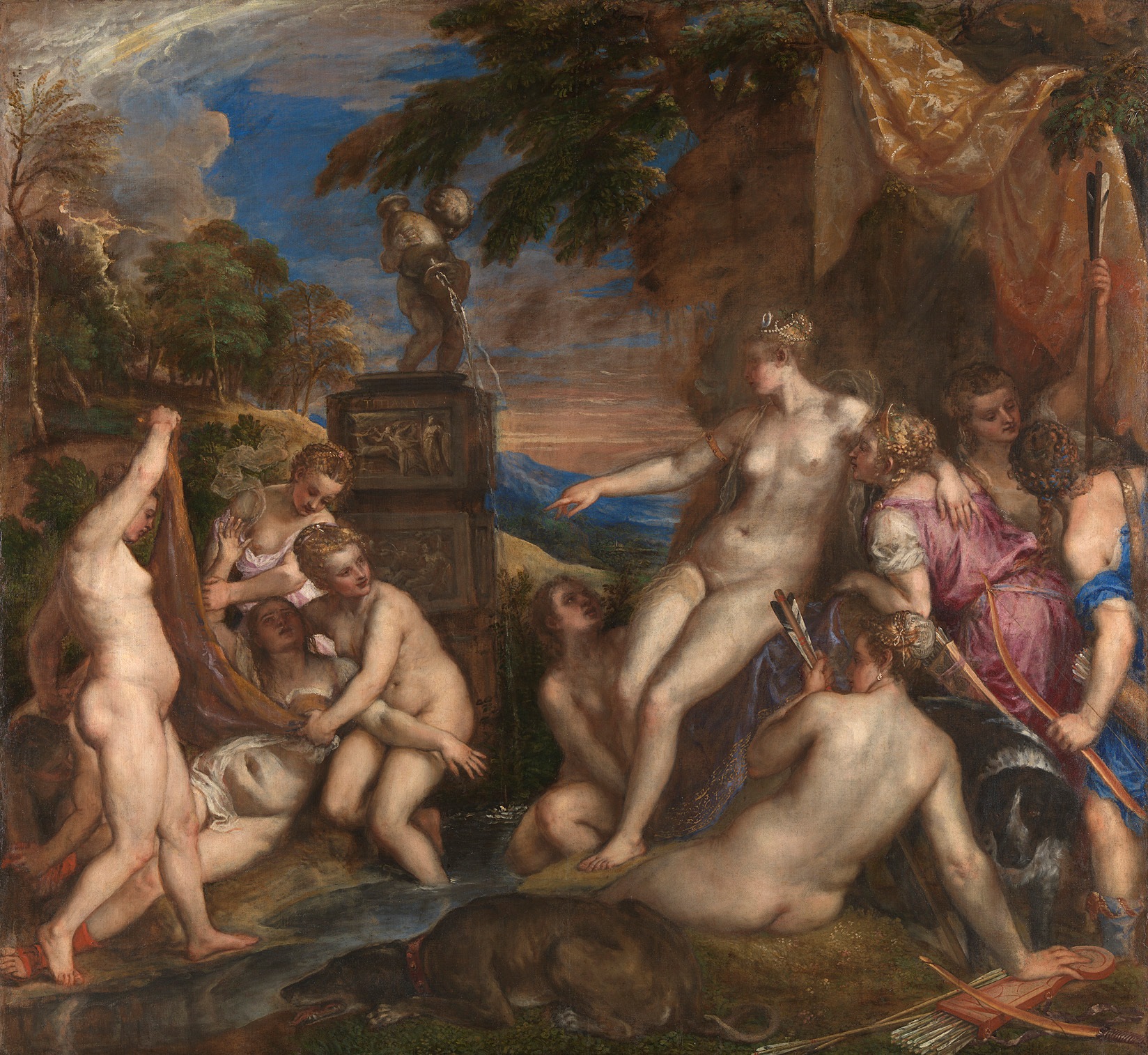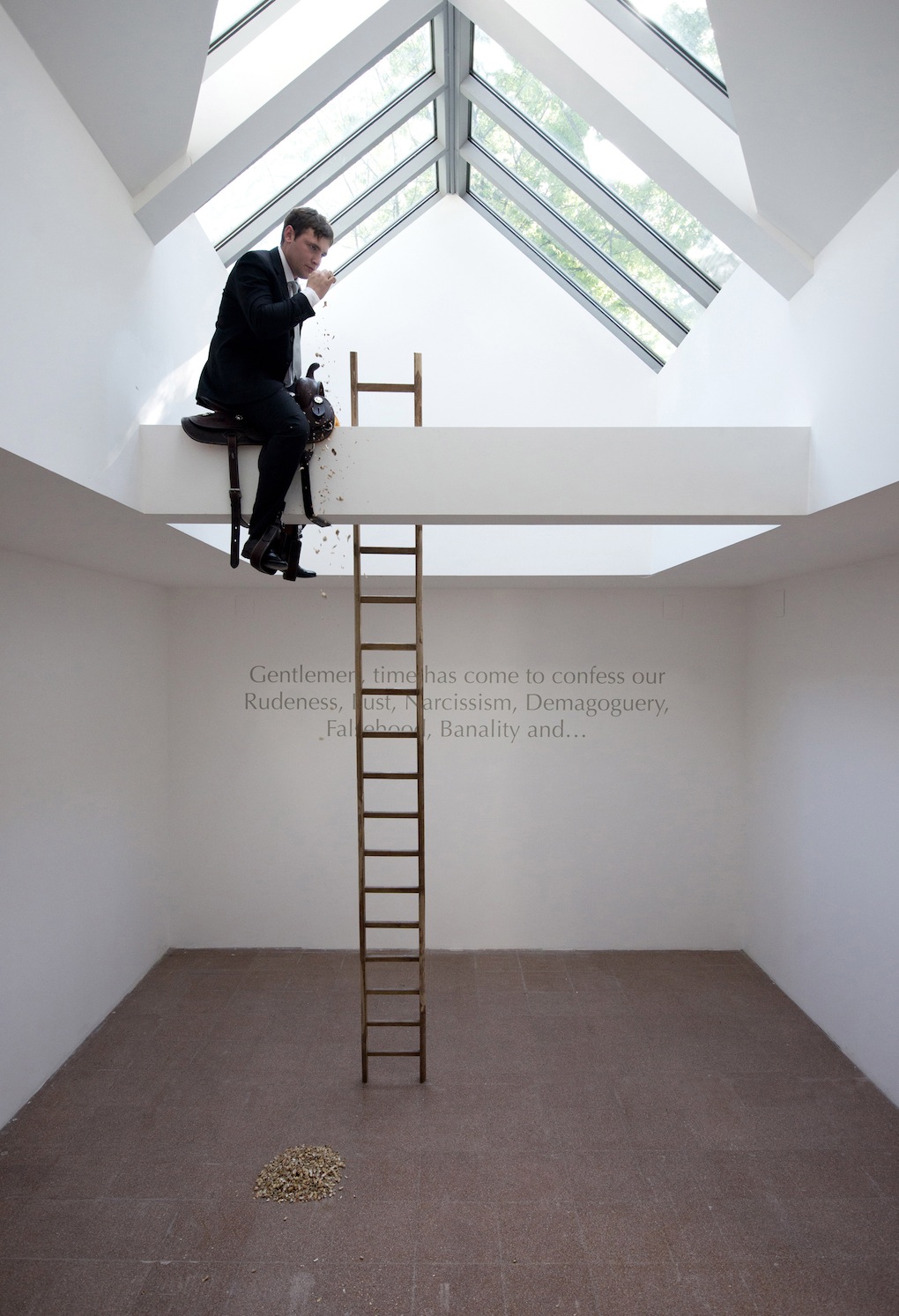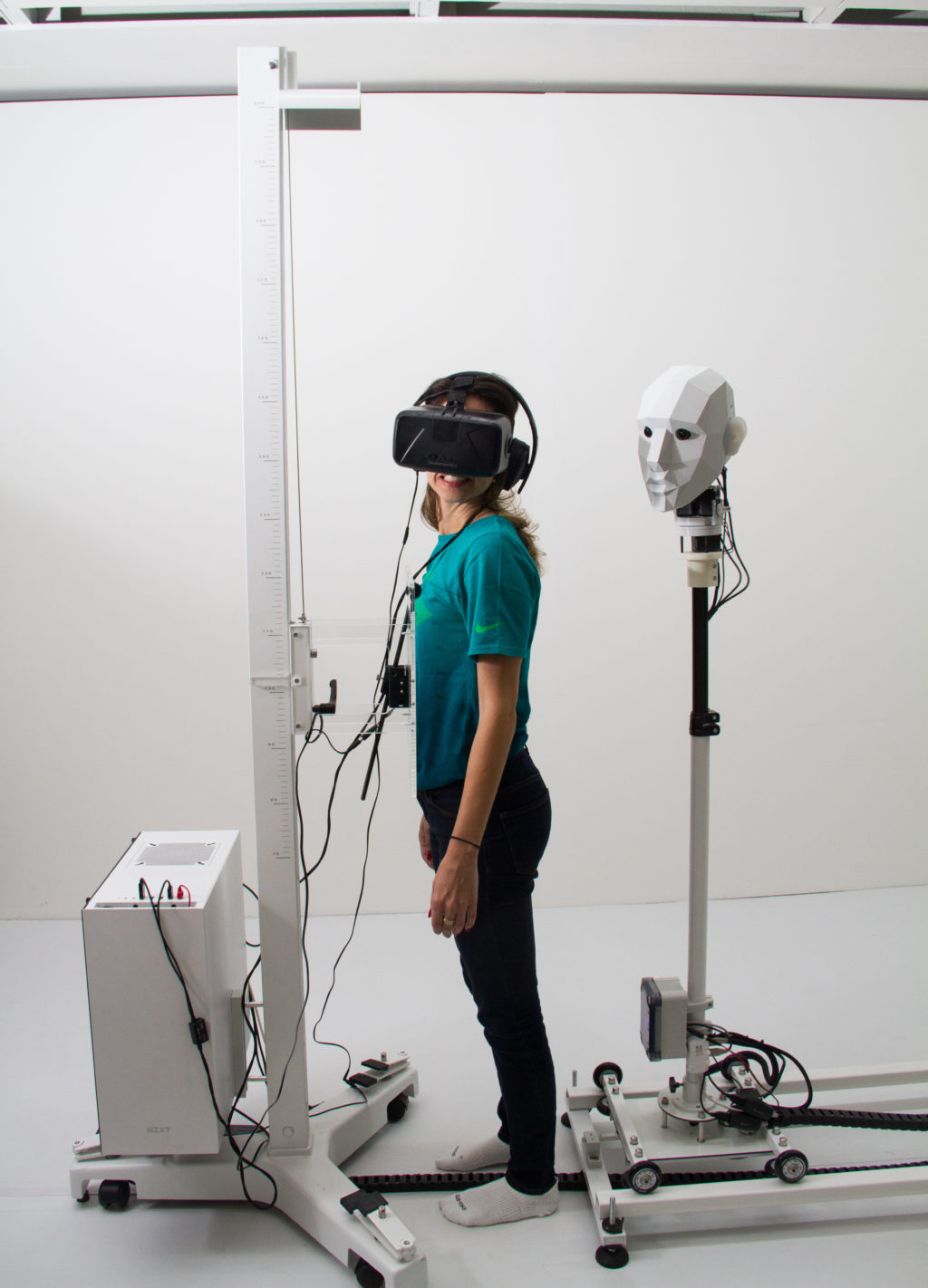
METAMORPHOSIS TITIAN 2012
A multi-faceted experience celebrating British creativity across the arts, ‘Metamorphosis: Titian 2012’ brings together a group of specially commissioned works responding to three of Titian’s paintings — ‘Diana and Actaeon’, ‘The Death of Actaeon’ and the recently acquired ‘Diana and Callisto’ — which depict stories from Ovid’s epic poem ‘Metamorphoses’. Featuring new work by contemporary artists Chris Ofili, Conrad Shawcross and Mark Wallinger, including sets and costumes for three new ballets at the Royal Opera House. Leading poets including Seamus Heaney, Wendy Cope, and Patience Agbabi have also responded to Ovid’s text and Titian’s paintings.













